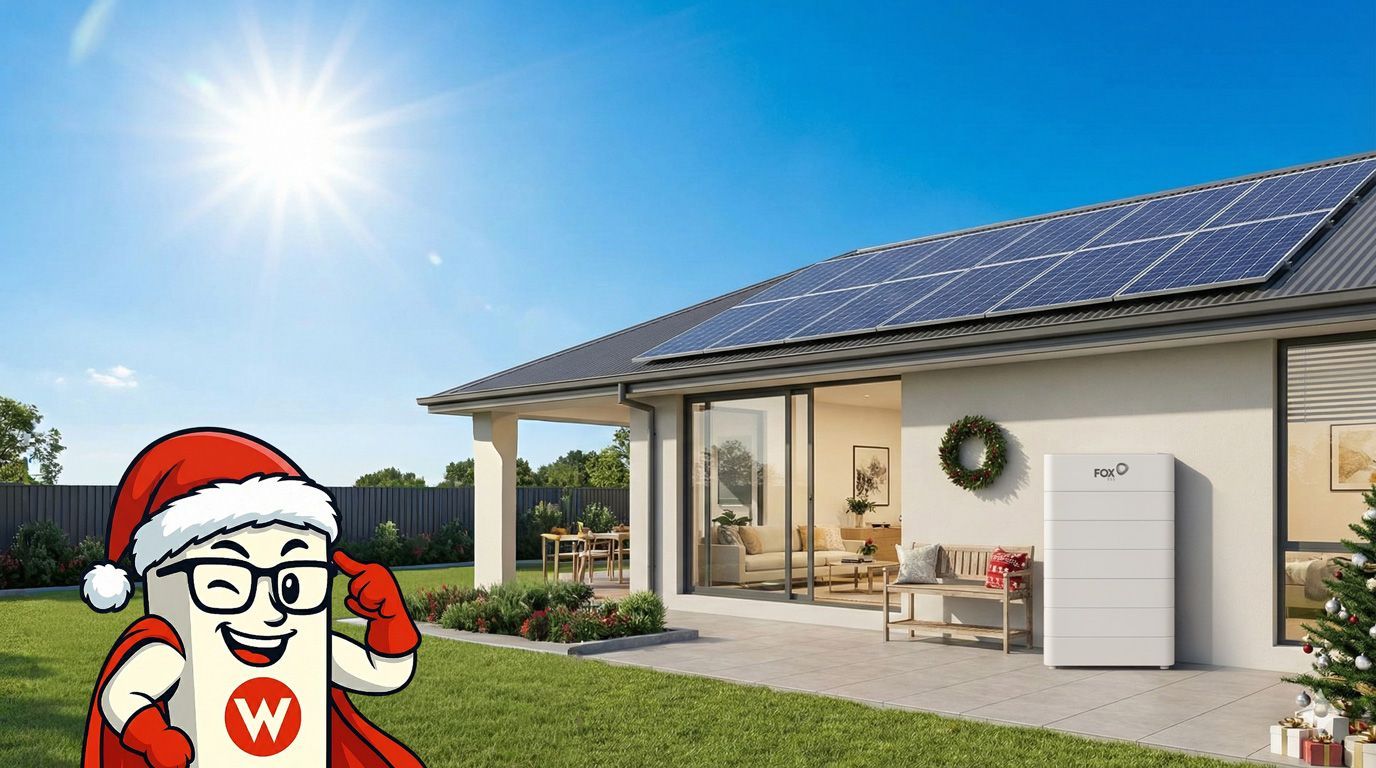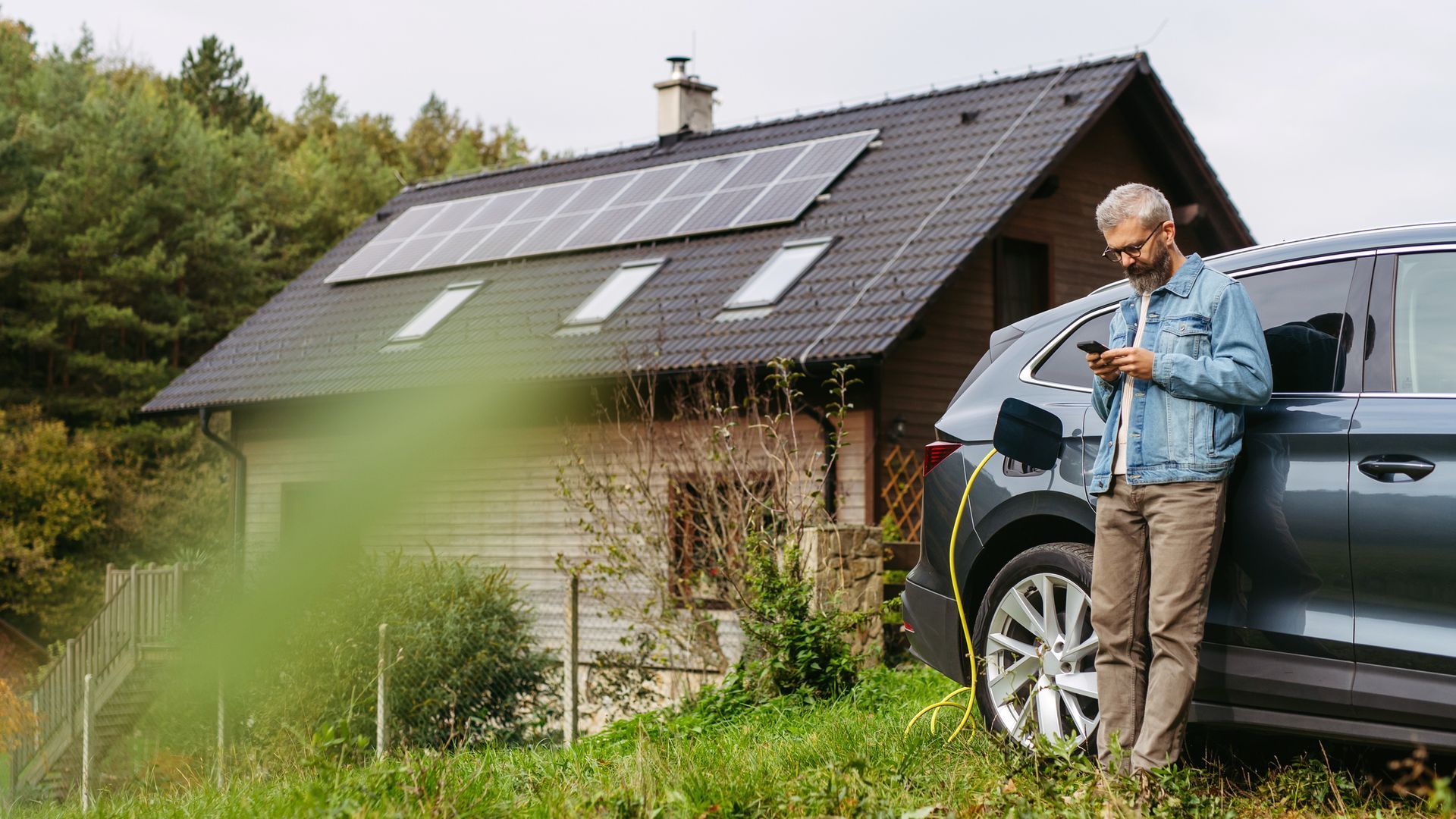July 25 Energy Storage Update: How Long Will Australia’s $2.3 Billion Battery Subsidy Last?
Since we published our post on July 19 about the Australian Government’s $2.3 billion home battery subsidy, it’s been widely shared across media channels. So here’s a fresh update based on this week’s installation data and STC application activity.
📊 STC Volume and Installations Update
On July 19, 1.44 million STCs were submitted — covering 8,918 installations. Some readers asked whether the monthly total might reach 3 million STCs, based on the daily rate. Now, we can answer that with confidence.
As of the night of July 25, the total has reached 2.248 million STCs, across 13,877 jobs. With 4 days remaining in July, we’re on track to hit the 3 million mark — confirming our projection from last week.
⚡️ System Size Trends and What’s Limiting Them
- Average STCs per installation: 162
- This suggests the average system size remains around 20kWh
- The current constraint is not demand, but battery inventory and inverter limitations — particularly in systems that don’t support flexible series/parallel expansion.
We expect this to shift. Based on upcoming stock arrivals, the average system size should increase to 25kWh or more in August.
📅 How Long Will the $2.3 Billion Last?
Let’s do the math.
- If the average system size stays at 25kWh, the $2.3 billion subsidy can support around 236,000 installations.
- Based on manufacturer shipment forecasts, we expect 5 million or more STCs to be claimed across August and September.
- By October, demand will likely remain strong, but inventory will start catching up to demand.
At the government’s fixed acquisition price of $40 per STC, and a total allowance of 57.5 million STCs, the full $2.3 billion in funding will likely be exhausted by April 1, 2026.
⚠️ In short: this isn’t a forever subsidy. It’s limited, and the clock is ticking.
🧰 Installer Capacity Is Not a Bottleneck
The current number of licensed battery installers across Australia appears to be sufficient to meet installation demand — capacity, not labour, is the limiting factor for now.
🔄 “Aren’t Batteries Just Going to Get Cheaper?”
We’ve heard this a few times: “Solar panels got cheaper over time — batteries will too.”
But here’s where the battery subsidy differs fundamentally from the solar one:
🌞 Solar STC Scheme
- Still active
- STCs are purchased by electricity retailers, who must surrender them to offset non-renewable sales
- Based on quarterly market rules, with no fixed end
- Works more like a carbon trading system
🔋 Battery Rebate Scheme
- Funded directly by the federal government (not energy retailers)
- Capped at $2.3 billion AUD
- Once that budget is used, it’s over — no extension, no ongoing market pricing
✅ Key Takeaways:
- Battery rebates are real, generous — and limited
- We're tracking toward 3 million STCs this July alone
- Based on current trends, the scheme may run until early 2026, but strong demand could shorten that
- Now is the best time to install a larger system (30–50kWh) to maximise your rebate before supply stabilises and subsidy demand outpaces funding
If you're still sitting on the fence, now you have the facts. Use the rebate while it lasts — because when it’s gone, it’s gone.




